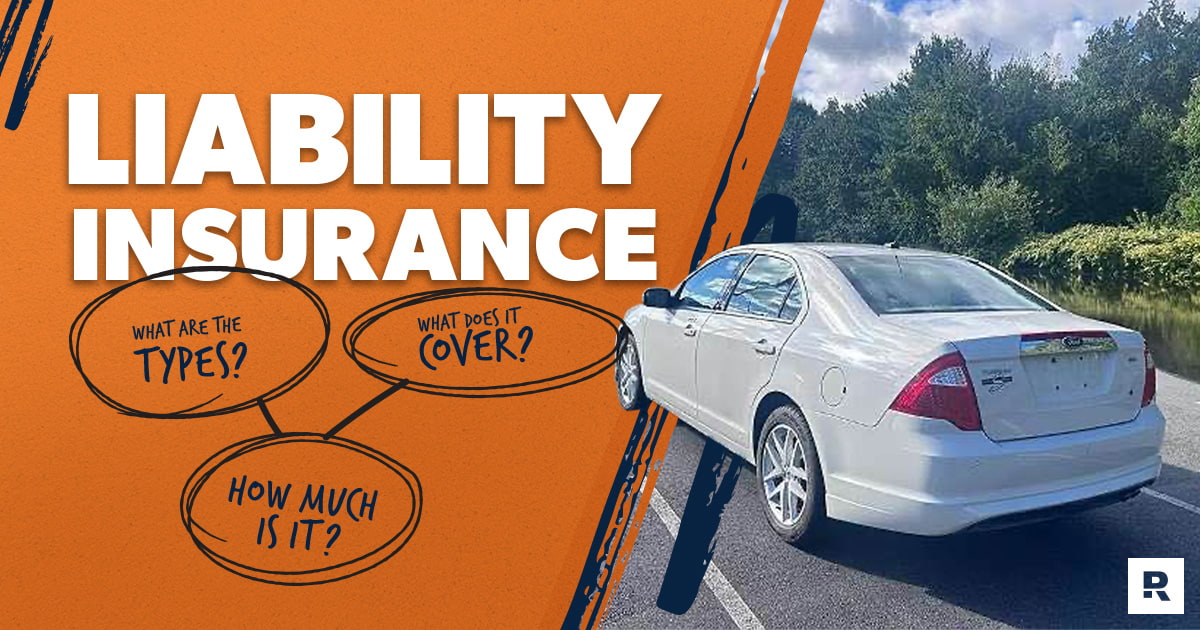Auto insurance is a crucial aspect of owning and operating a vehicle in many parts of the world. Among the various types of coverage available, liability coverage stands out as fundamental. It forms the backbone of insurance policies, ensuring financial protection for both drivers and third parties involved in accidents. In this comprehensive guide, we delve into the intricacies of liability coverage in auto insurance policies, exploring its importance, components, limits, and the broader implications for drivers and society.

Importance of Liability Coverage
Liability coverage serves as a safeguard against the financial repercussions of causing damage or injury to others while driving. Accidents can result in substantial costs, including medical bills, vehicle repairs, legal fees, and potentially even loss of income for affected parties. Without adequate insurance, drivers could be personally liable for these expenses, leading to financial hardship or legal consequences.
From a societal perspective, liability coverage helps maintain stability and fairness on the roads. It ensures that victims of accidents are compensated promptly and fairly, reducing disputes and the burden on public services. Moreover, in jurisdictions where auto insurance is mandatory, liability coverage ensures compliance with legal requirements, thereby promoting responsible driving behavior.
Components of Liability Coverage
Liability coverage typically consists of two primary components: bodily injury liability and property damage liability.
1. Bodily Injury Liability:
- Definition: Bodily injury liability coverage compensates for injuries or death caused to other people in an accident where the insured driver is at fault.
- Coverage Details: This part of the policy covers medical expenses, rehabilitation costs, lost wages, funeral expenses, and legal fees resulting from lawsuits related to bodily injury.
- Limits: Policies specify a maximum amount the insurer will pay per person injured and a total limit per accident. For instance, a policy might have limits of $50,000 per person and $100,000 per accident.
2. Property Damage Liability:
- Definition: Property damage liability coverage compensates for damage caused to others’ property in an accident where the insured driver is at fault.
- Coverage Details: This component covers repair or replacement costs for vehicles, buildings, fences, and other property damaged in an accident.
- Limits: Like bodily injury liability, policies have specific limits for property damage liability coverage, such as $50,000 per accident.
Understanding Coverage Limits
Auto insurance policies specify coverage limits for both bodily injury and property damage liability. These limits represent the maximum amount the insurance company will pay for each type of liability in the event of a claim. For example, a policy with limits of 100/300/50 provides:
- $100,000 per person for bodily injury
- $300,000 per accident for bodily injury (total for all injured persons)
- $50,000 per accident for property damage
Drivers should carefully consider their coverage limits based on factors such as their financial assets, potential risks, and legal requirements in their jurisdiction. Opting for higher limits can offer greater protection but may come with higher premiums.
Factors Influencing Premiums
Several factors influence the cost of liability coverage premiums:
- Driving History: A clean driving record typically results in lower premiums, while accidents or traffic violations may increase costs.
- Location: Urban areas with higher traffic density and crime rates may have higher premiums due to increased risk.
- Vehicle Type: The make, model, and age of the vehicle can affect premiums, with luxury or sports cars generally costing more to insure.
- Coverage Limits: Higher coverage limits mean higher premiums, reflecting the increased financial protection provided by the policy.
Insurers use actuarial data and statistical models to assess risk and determine premiums, aiming to balance affordability for customers with profitability for the company.
Additional Considerations
Beyond standard liability coverage, drivers may opt for additional protections such as:
- Uninsured/Underinsured Motorist Coverage: Covers expenses if the at-fault driver lacks adequate insurance.
- Medical Payments Coverage: Pays for medical expenses for the insured and passengers, regardless of fault.
- Comprehensive and Collision Coverage: Covers damage to the insured vehicle from accidents, theft, vandalism, or natural disasters.
Each additional coverage type adds to the overall policy cost but provides increased protection and peace of mind in specific scenarios.
Legal Requirements and Compliance
Most jurisdictions mandate a minimum level of liability insurance for drivers. These requirements aim to ensure that all drivers have basic financial protection in case of accidents. Failure to comply with these requirements can result in fines, license suspension, or other legal penalties, depending on the jurisdiction.
Claims Process and Settlements
In the event of an accident, the claims process involves several steps:
- Report the Accident: Notify the insurance company promptly and provide necessary details.
- Investigation: The insurer investigates the accident, assesses liability, and determines coverage.
- Claim Evaluation: The insurer evaluates the claim and negotiates settlements with affected parties.
- Settlement: If liability is established, the insurer pays out according to the policy’s coverage limits.
Effective communication and cooperation with the insurance company are essential throughout this process to ensure a timely and fair resolution.
Impact on Premiums After Claims
Filing a claim can impact future premiums, especially if the insured driver is found at fault for the accident. Insurance companies may raise premiums based on the perceived increased risk of insuring a driver with a history of accidents. To mitigate this, some drivers opt to pay for smaller damages out of pocket rather than filing claims.
Conclusion
Liability coverage in auto insurance policies is not just a legal requirement but a crucial financial safeguard for drivers and society at large. By understanding its components, coverage limits, and implications, drivers can make informed decisions to protect themselves and others on the road. Balancing adequate coverage with affordability ensures peace of mind while driving, knowing that financial protection is in place in case of unforeseen accidents. As insurance markets evolve and driving behaviors change, staying informed about liability coverage remains essential for responsible vehicle ownership and operation.
